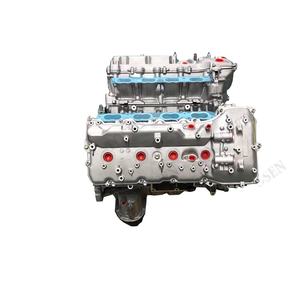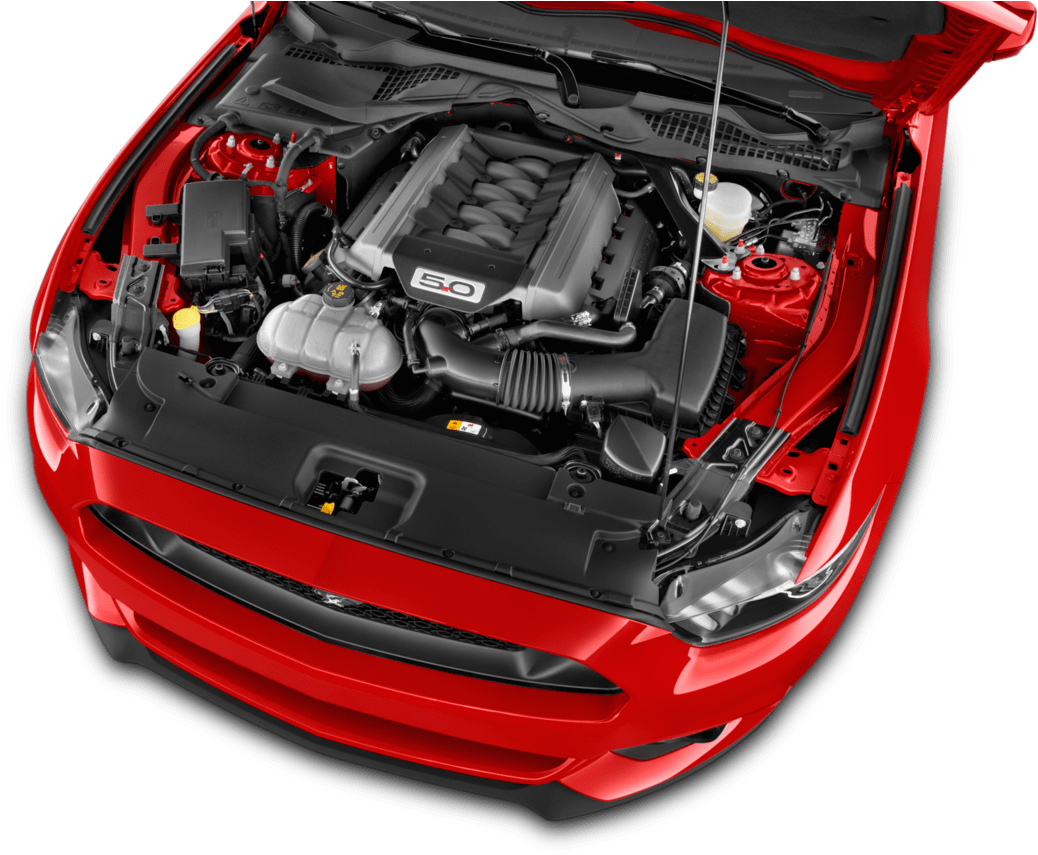Update Your Lorry with a New Opel Corsa Engine
Update Your Lorry with a New Opel Corsa Engine
Blog Article
Exploring the Inner Workings of a Compact Lorry's Engine System
As vehicle drivers, we commonly take for granted the detailed procedures that occur within the boundaries of our car's engine system. The small yet complex equipment that drives us ahead is a marvel of design precision and coordination. From the controlled explosions in the combustion chamber to the precise timing of fuel shot, every component plays a crucial role in the smooth operation of the engine. In this expedition of a small vehicle's engine system, we will certainly decipher the internal workings of this mechanical harmony, losing light on the mysteries that drive us onward on our daily trips.
Burning Refine Introduction
The combustion process in a portable vehicle's engine system is an important mechanism that effectively transforms fuel right into energy to power the car. This procedure takes place within the combustion chamber of the engine, where fuel and air mix, spark, and generate regulated explosions. The burning process includes four primary stages: consumption, compression, exhaust, and power.
Throughout the consumption stage, the piston moves downward, attracting in a combination of air and fuel into the combustion chamber. This down activity generates the power needed to drive the car. This cyclic burning procedure is fundamental to the operation of a small vehicle's engine system, guaranteeing effective power conversion for propulsion.
Piston and Cyndrical Tube Communication

The piston's specific fit within the cyndrical tube is important for maintaining optimal compression and avoiding energy loss during combustion. Tight clearances between the piston and cylinder walls ensure reliable securing, permitting the piston to relocate efficiently without enabling gases to leak past. Appropriate lubrication is also important to decrease friction and put on in between these elements, improving durability and efficiency.
In addition, the style and materials used in manufacturing the piston and cyndrical tube influence engine effectiveness and longevity. Modern engines usually use light-weight yet long lasting materials like aluminum alloys for pistons and cyndrical tube liners to reduce inertia and boost thermal performance. In general, the unified communication between the piston and cylinder is fundamental to the engine's capability and general performance.
Gas Shot System Performance
Gas injection systems in compact lorry engines play an essential role in specifically delivering gas to the combustion chamber for efficient and regulated ignition. The fuel shot system works by injecting gas right into the combustion chamber at the ideal moment throughout the engine's operation (opel corsa engine). This exact timing guarantees that the gas mixes uniformly with the air for proper burning, resulting in improved fuel efficiency and lowered exhausts
There are mainly 2 sorts of gas injection systems utilized in compact automobile engines: port gas injection (PFI) and direct fuel injection (DFI) PFI systems infuse fuel into the consumption port before the intake shutoff, while DFI systems infuse gas straight into the combustion chamber. Both systems have their advantages, with DFI supplying much better gas atomization and PFI providing a much more cost-effective service.
Recognizing Engine Cooling Systems
Reliable operation of a portable car's engine depends greatly on the effectiveness of its cooling systems. Engine air conditioning is important to avoid getting too hot, which can cause significant damage and reduced performance. The air conditioning system in a portable lorry generally consists of numerous elements working with each other to manage the engine temperature. One essential part is the radiator, which utilizes coolant to soak up warmth from the engine. As the warm coolant moves with the radiator, it launches warmth right into the air, cooling down before returning to the engine. The water pump circulates the coolant via the engine and radiator, making certain a regular flow to regulate temperature. In addition, the thermostat aids manage the coolant circulation to preserve optimal engine temperature. Some automobiles likewise have cooling followers that turn on when additional cooling is needed, such as throughout rush hour or heat. Understanding these engine air conditioning mechanisms is vital for keeping the performance and longevity of a portable lorry's engine system.

Exhaust System Elements Explained
The optimum functioning of a compact automobile's engine cooling devices relies on a complementary system called the exhaust system, which consists of numerous vital components for making certain reliable emissions and engine efficiency. The exhaust system consists of parts such as the exhaust manifold, catalytic converter, muffler, and tailpipe. The exhaust manifold collects exhaust gases from the engine's routes and cyndrical tubes them to the catalytic converter. The catalytic converter then transforms damaging pollutants in the exhaust right into less unsafe discharges before launching them through the muffler and tailpipe.
One vital component of the exhaust system is the oxygen find out here now sensor, which checks the oxygen levels in the exhaust gases to assist manage gas consumption and make certain optimal engine performance. opel corsa engine. In addition, the resonator may be present in some exhaust systems to lower sound levels. In general, the exhaust system plays an essential role in preserving engine efficiency, reducing damaging exhausts, and ensuring a quieter driving experience for compact car proprietors

Verdict
Finally, the small lorry's engine system is a complex combination of elements that function with each other to help with the combustion procedure, convert fuel into energy, and get rid of waste gases. Recognizing the inner workings of the engine system, including the piston and cylinder communication, gas shot system, engine air conditioning mechanisms, and exhaust system components, is vital for keeping ideal efficiency and efficiency of the automobile.
The combustion process in a small automobile's engine system is an essential mechanism that efficiently transforms gas into energy to power the vehicle.Fuel shot systems in small vehicle engines play a crucial function in exactly delivering gas to the burning chamber for controlled and efficient ignition.There are mainly two types of gas shot systems made use of in portable automobile engines: port gas shot (PFI) and straight gas why not check here injection (DFI) Comprehending these engine cooling mechanisms is vital for keeping the efficiency and durability of a small car's engine system.
The optimal functioning of a portable automobile's engine cooling mechanisms depends on a corresponding system recognized as click here now the exhaust system, which makes up various essential components for making certain effective exhausts and engine efficiency.
Report this page